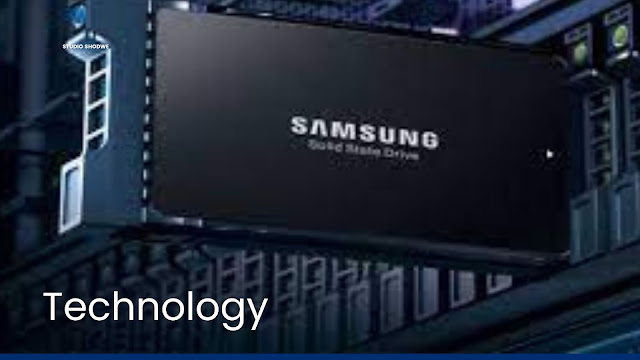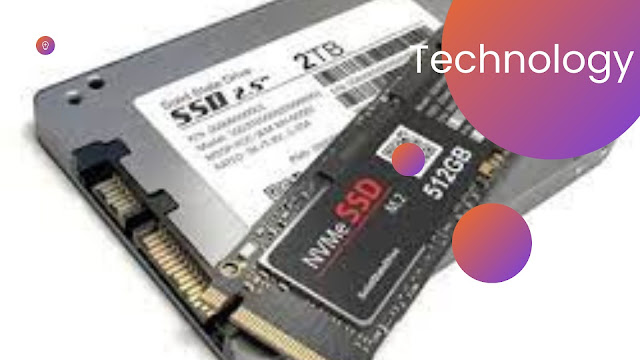With Flash Memory Summit coming near subsequent week, I idea it might be a very good time to dig into the generation and existence cycle of the SSD. Unlike conventional difficult drives, facts garage facts in SSDs isn't on a magnetic surface, however instead interior of flash reminiscence chips (NAND flash). By design, an SSD is made through a motherboard, some reminiscence chips (relying on the dimensions in GB of the drive) and a controller which instructions the SSD.

The reminiscence of SSDs is a non-risky reminiscence, in different phrases it is capable of preserve facts even with out power. We can consider the facts saved with inside the NAND flash chips as an electric powered fee preserved in every mobileular. With that during mind, the query arises: how lengthy is the existence span or existence cycle of a SSD?
The put on and tear of flash reminiscence
It is thought that the writing operations put on out the reminiscence cells of a SSD, lowering its existence. But will the recollections put on out all with inside the equal way?
The reminiscence utilized in flash chips isn't all of the equal, there are without a doubt 3 sorts of NAND:
SLC (Single Level Cell) - 1 bits of facts consistent with mobileular
MLC (Multi Level Cell) - 2 bits of facts consistent with mobileular
TLC (Triple Level Cell) or 3-bit MLC - 3 bits of facts consistent with mobileular
You can see: The greater ranges a mobileular has, the greater garage area bits have in a mobileular, ensuing with inside the manufacturing of better capability chips. Thanks to the technological advances of nowadays we've got SSDs which might be capable of keep numerous GBs and are at an less costly price. No marvel that a current file indicates that the TLC reminiscence kind ought to identical approximately 50% of overall NAND chips through the quit of 2015, with a price of manufacturing of approximately 15% - 20% much less as compared to MCL chips.
However, there may be a downside: Adding greater bits to the cells reduces their reliability, sturdiness and performance. It is pretty smooth to decide the state (how a great deal area it has) of a SLC mobileular, as it's far both empty or full, whilst it's far greater hard to do the equal for MLC and TLC cells as they have got more than one states. As a end result a TLC mobileular calls for four instances the writing time and 2.five instances the analyzing time of a SLC mobileular. When discussing the existence cycle of an SSD, storing more than one bits consistent with mobileular additionally way to hurry up the wear and tear of the NAND reminiscence.
A reminiscence mobileular is made through a floating-gate transistor. It includes gates, the Control gate and the Floating gate insulated through a layer of oxide (you may see a schematic illustration at the right). Each time operations are performed, e.g. programming and erasing the mobileular, the oxide layer that traps electrons at the floating gate wears. Consequently, because the oxide layer is weakened an electron drain from the floating gate can also additionally occur.
How lengthy do SSDs last?
This is the million greenback query, glaringly it is now no longer viable to provide an actual solution however... maintain to read!
The fashion in phrases of SSD is to recognition on growing merchandise primarily based totally on 3-bit MCL (TLC) reminiscence. TLC reminiscence is starting to dominate the marketplace for SSD. In not unusual place use, evidently the 2-bit MLC era is immoderate in phrases of sturdiness and performance, now no longer to say the SLC whose necessity is dwindling and is sort of absolutely disappearing. In different phrases, producers are giving up an prolonged existence cycle in choose of price discount to permit for the growth of flash reminiscence and their garage capability.
However, it's far appears that there may be no fear approximately the length of a SSD. In an test performed through The TechReport on 6 SSDs to recognize how they are able to face up to write operations, 2 drives out of 6 have controlled writing operations for two PB of facts and all SSDs examined had been capable of write loads of TB with out problems.

Assuming a writing of 2TB consistent with year, in step with the outcomes of the test, a SSD's existence span could identical a thousand years (2PB = 2000 TB / 2TB year = a thousand years). Even with an accelerated quantity of facts written to them, we'd be capable of use our SSD quietly for years and years and years.
FAQS:
What is the life cycle of an SSD?
The life cycle of an SSD is different from that of a hard drive. While the life cycle of a hard drive is largely defined by its storage capacity, SSD lifespan is based on the number of write cycles it can stand up to.
What technology is used in SSD?
SSDs are solid-state drives (SSDs) that connect via Serial Advanced Technology Attachment (SATA) or serial-attached SCSI (SAS). They provide a cost-effective first step into the solid-state world and feature high performance, innovative interfaces, and durability.
What are the 3 types of SSDs?
The main types of SSDs are as follows: 2.5-inch SATA SSD, M.2 SATA SSD, and M.2 NVMe SSDs. The first two types belong to the basic kind of solid-state drives (SSDs), while the last type belongs to PCIe (Peripheral Component Interconnect Express—a form factor standard used inside motherboards). The sizes available may be single-sided or double-sided, which means that a size can be created for either one or both sides of the drive; most drives offer a bit more capacity than what's contained in their standard packaging.'



.jpg)



